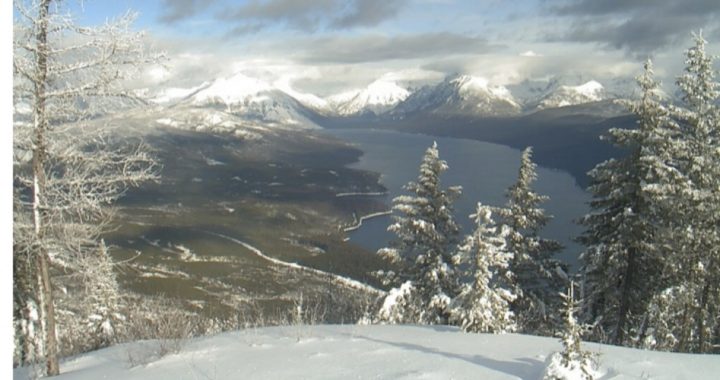
Anyone visiting Montana’s Glacier National Park in the last decade or so would have expected all the park’s glaciers to be gone by now because that’s what the park’s signs said would happen. Now, with the glaciers still intact — and, according to some researchers, even growing — the park is quietly changing its displays to reflect reality, at least to some extent.
According to CNN, the park will no longer inform visitors that its glaciers are expected to retreat by 2020 or even 2030. Instead, signs will read: “When they will completely disappear depends on how and when we act. One thing is consistent: the glaciers in the park are shrinking.”
Park spokeswoman Gina Kurzmen told CNN that the U.S. Geological Survey (USGS) informed the park in 2017 that the glaciers weren’t expected to melt as quickly as forecast, but the park didn’t have the money to change the signs at that time. It finally came up with enough cash to update the diorama at the St. Mary Visitor Center last year. Kurzmen said they’re still waiting on budget authorization to update other signs.
Climate blogger Roger Roots reported in June that the park had “removed its two large steel trash cans at the Many Glacier Hotel which depicted ‘before and after’ engravings of the Grinnell Glacier in 1910 and 2009. The steel carvings indicated that the Glacier had shrunk significantly between the two dates. But a viral video published on Wattsupwiththat.com showed that the Grinnell Glacier appears to be slightly larger than in 2009.”
Roots and his team of researchers found that the park’s most famous glaciers, including the Grinnell and Jackson Glaciers, appear to have been growing since about 2010. “The Jackson Glacier … may have grown as much as 25% or more over the past decade,” he claimed.
This is not the impression one would get from the park’s exhibits, however. Roots noted that the park often displays photographs from different years that supposedly show the glaciers’ retreat, but the photos do not include the specific dates on which they were taken. Given that glaciers annually advance and retreat with the seasons, such photos prove nothing.
It would be difficult to deny that the glaciers had shrunk at all. It’s clear that they began retreating at the end of the Little Ice Age, a period that ended around 1850, long before industrialization could have had any noticeable effect on the Earth’s climate. The question is whether they continue to retreat and, if so, whether human activity is responsible for it.
Clearly, USGS believes humans are at fault — hence the warning that glacier disappearance “depends on how and when we act.” CNN also believes it, saying “glaciers are shrinking across the globe” because of “climate change” and even quoting a 2017 USGS study stating that “there are variations in the climate but it is humans that have made all those variations warmer.”
But if humans are causing the planet to warm, melting glaciers, why are the Glacier National Park glaciers not shrinking as fast as expected and maybe even growing?
“Glacier retreat in Glacier National Park speeds up and slows down with fluctuations in the local climate,” a USGS representative told the Daily Caller last year.
The Glacier National Park “signs were based on the observation prior to 2010 that glaciers were shrinking more quickly than a computer model predicted they would,” USGS said. “Subsequently, larger than average snowfall over several winters slowed down that retreat rate and the 2020 date used in the … display does not apply anymore.”
Some of the world’s glaciers, in fact, are increasing. The Daily Caller reported that “some of the largest non-polar glaciers in the world are either stable or growing due to a ‘vortex’ of cold air over a 1,200-mile section of the greater Himalayan mountain range in central Asia,” according to a study published in Nature Climate Change. What’s more, “climate models haven’t been able to reproduce the phenomenon.”
Of course, those same climate models also failed to predict the two-decade pause in “global warming” and various other climatic conditions, yet climate-change alarmists continue to rely on them. And unlike Montana’s glaciers, the alarmists show no signs of retreat.
Photo: National Park Service


